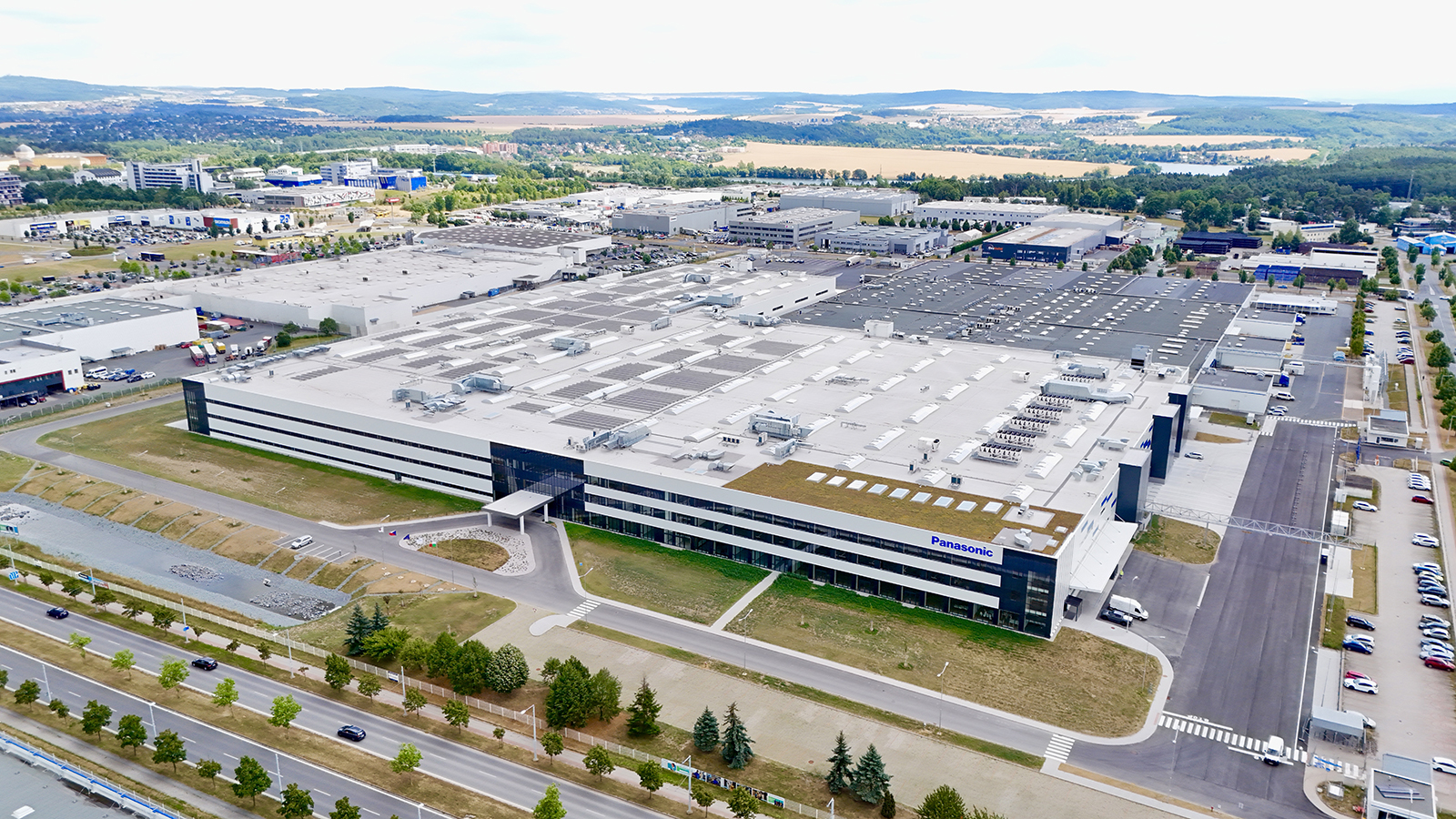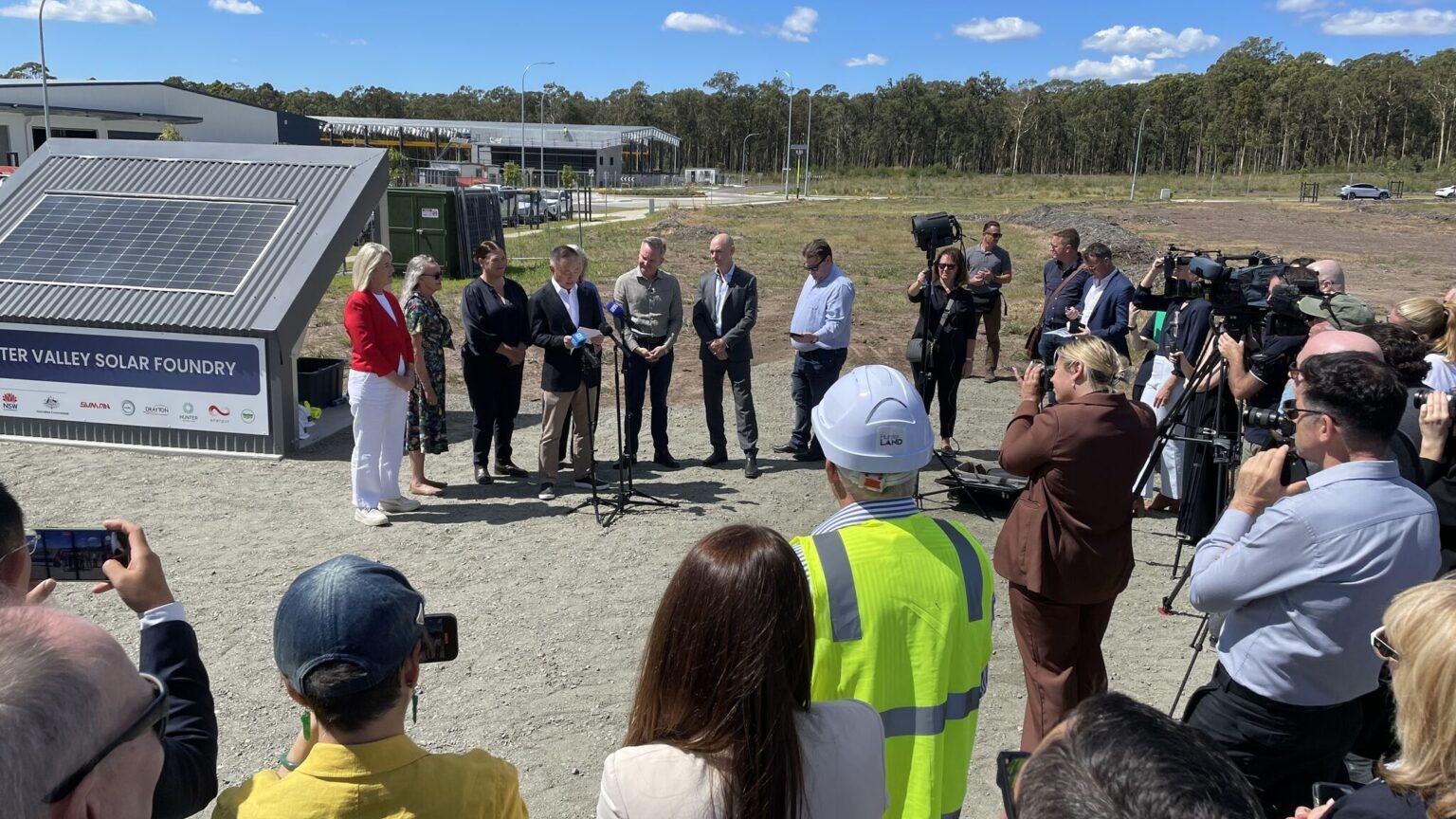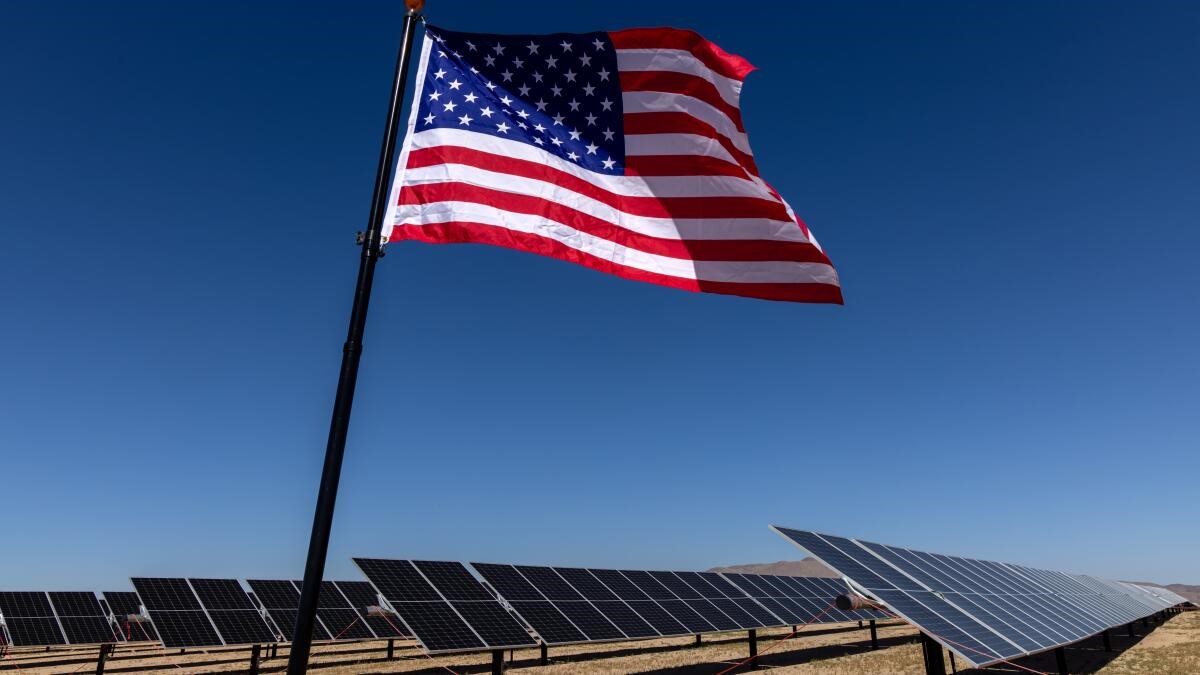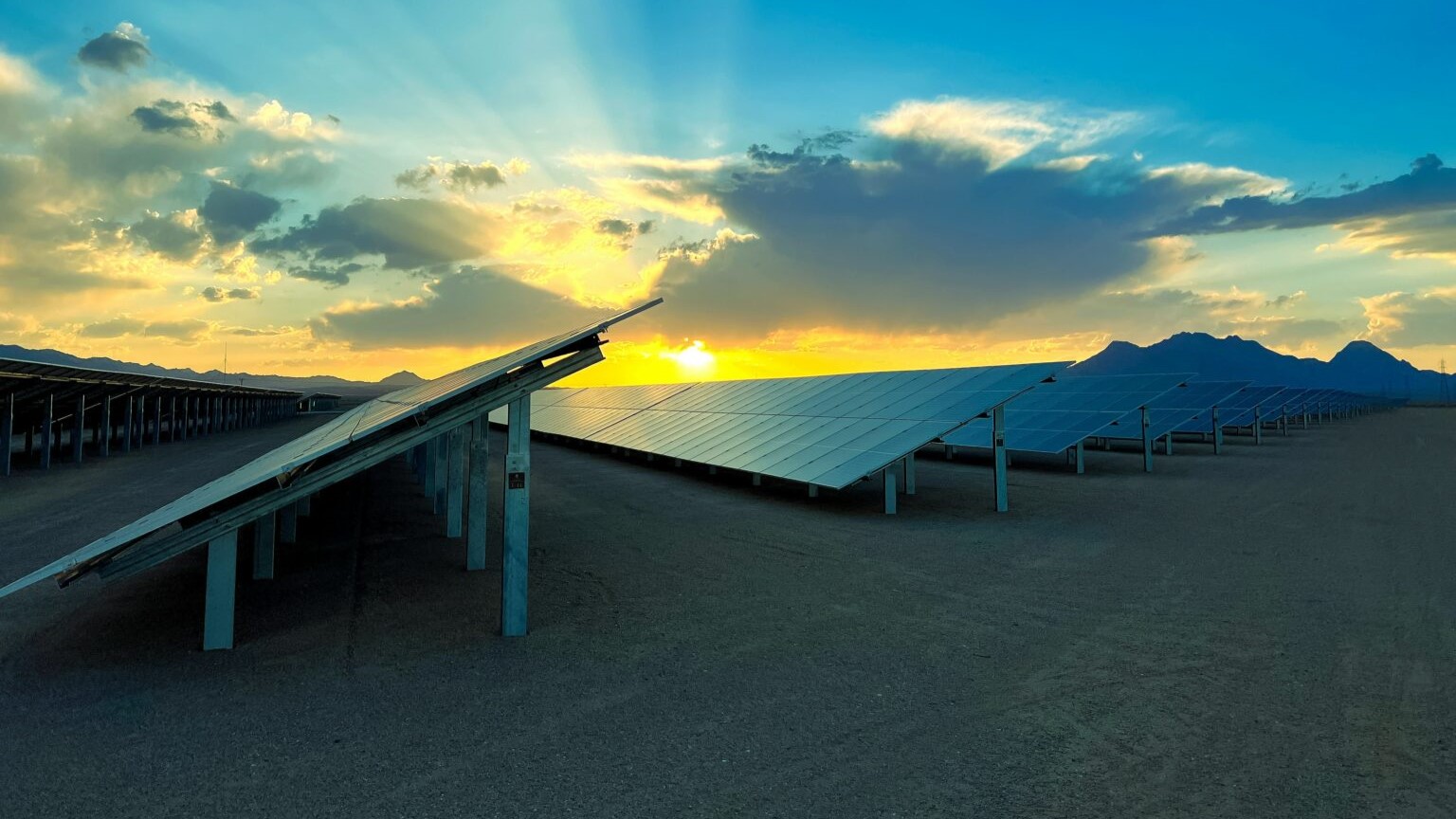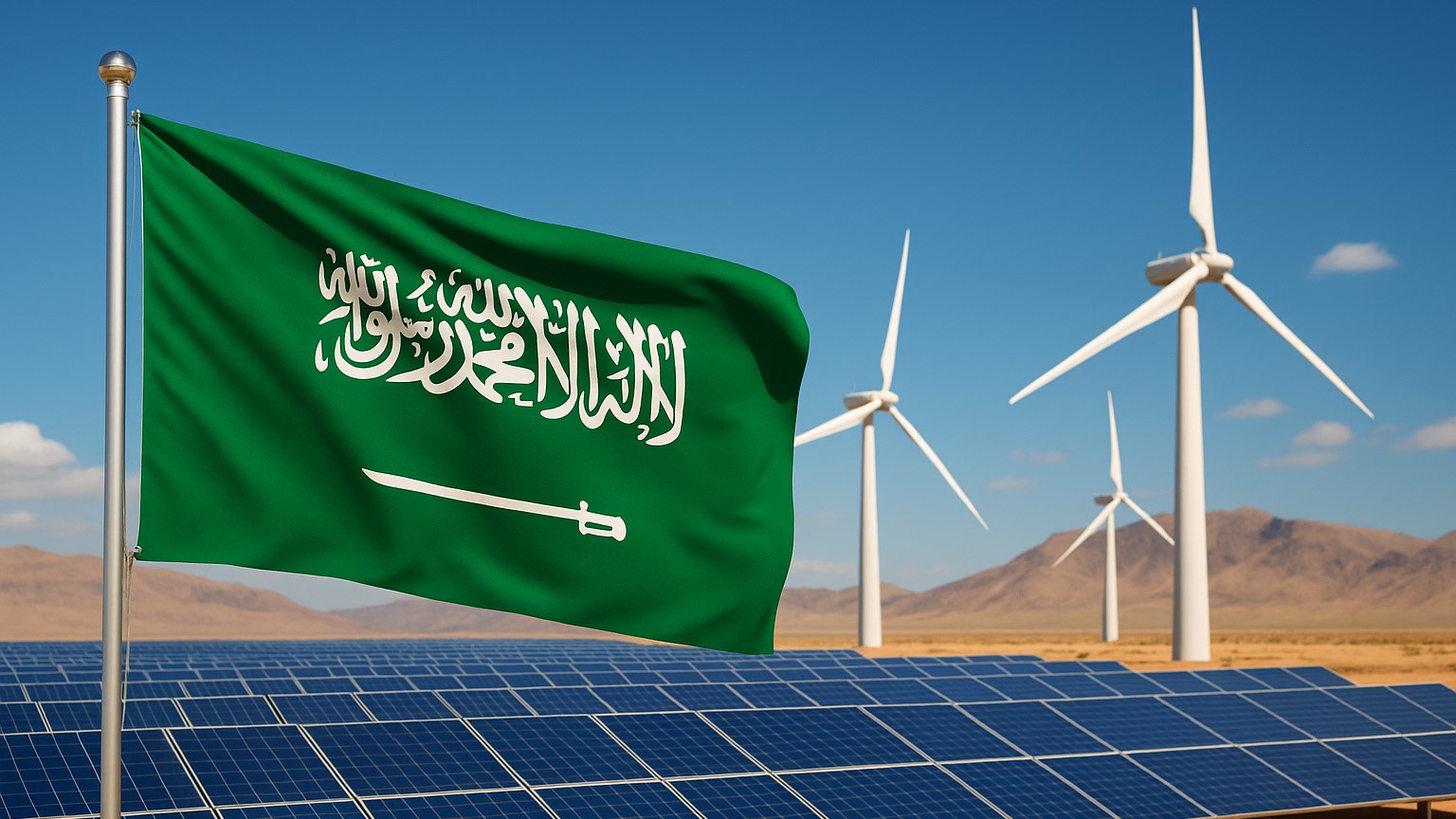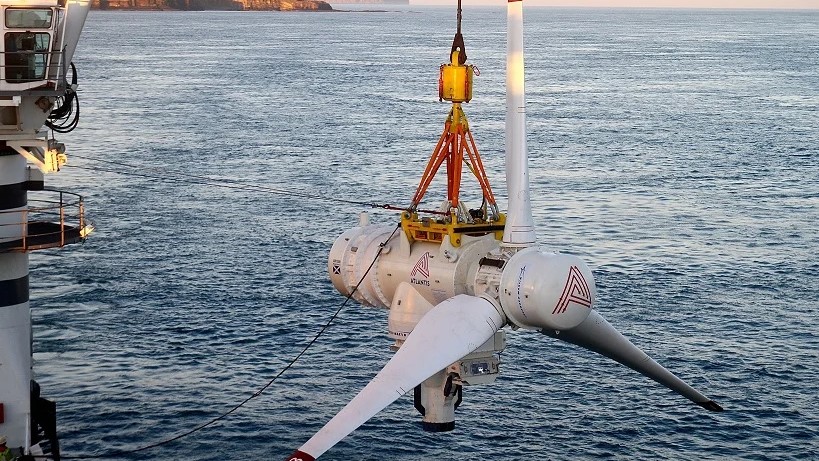Panasonic Corporation announced that Panasonic Heating & Ventilation Air-Conditioning Czech, s.r.o. (PHVACCZ), a subsidiary of Heating & Ventilation A/C Company, started operations at the new building in its Czech factory, a production site for air-to-water heat pumps.
Air-to-water heat pumps utilize heat from the atmosphere to produce hot water, which is then circulated throughout buildings for heating. They minimize environmental impact with less CO2 emissions compared to fossil fuel-using heaters, they significantly reduce CO2 emissions and have a lower environmental impact. With the growing awareness of environmental issues and the push toward a decarbonized society, the market is expected to see steady growth over the medium to long term.
The Czech factory was established in 1996 as a production site for televisions and began manufacturing air-to-water heat pumps in 2018. Initially, the factory produced only indoor units, but in 2023, it also started producing outdoor units using the R290 natural refrigerant, making it the first Japanese manufacturer to do so. Furthermore, in 2024, the factory strengthened its role as a key development and production hub by establishing an R&D department to respond swiftly and flexibly to market needs in Europe.
To meet the growing demand in the air-to-water heat pump market, a newly constructed building aimed at expanding production capacity has been completed and is now operational. With the completion of the new building, the factory will be able to expand its production lines in response to future demand and enhance automation—such as deploying 80 robots—enabling a future increase in production capacity from 150,000 units to a maximum of approximately 700,000 units*2, which is about 20% higher than the original plan. In addition, by 2028, the factory aims to achieve 100% unmanned operation in the component process and double the automation rate in the assembly process compared to current levels. To strengthen cost competitiveness and quality control, the factory is also promoting in-house production of key components such as outdoor unit casings, air heat exchangers, copper piping, and printed circuit boards, targeting an in-house production rate of approximately 70% for core components.
In pursuit of achieving carbon neutrality by 2050, the factory is working toward zero CO2 emissions by the end of 2025. Initiatives include the installation of a 1MW solar power generation system and the introduction of skylights to enhance natural lighting in the new building. The company will continue to promote environmentally conscious product development and business activities.


